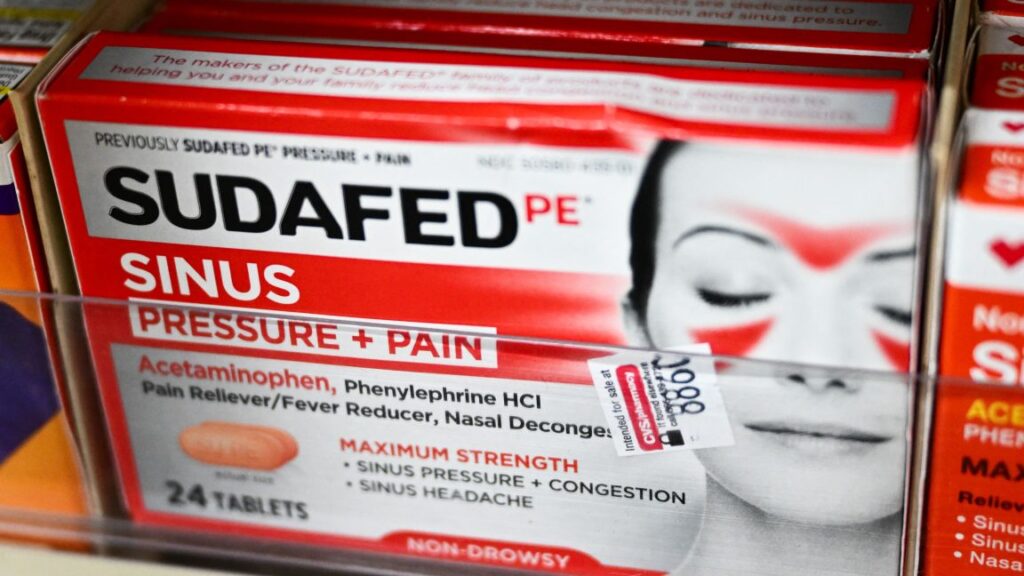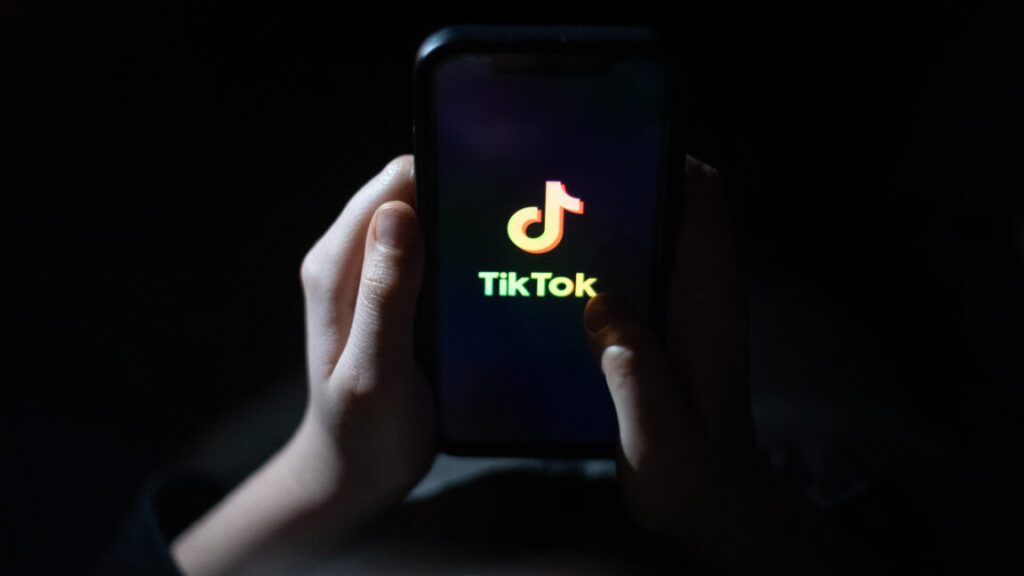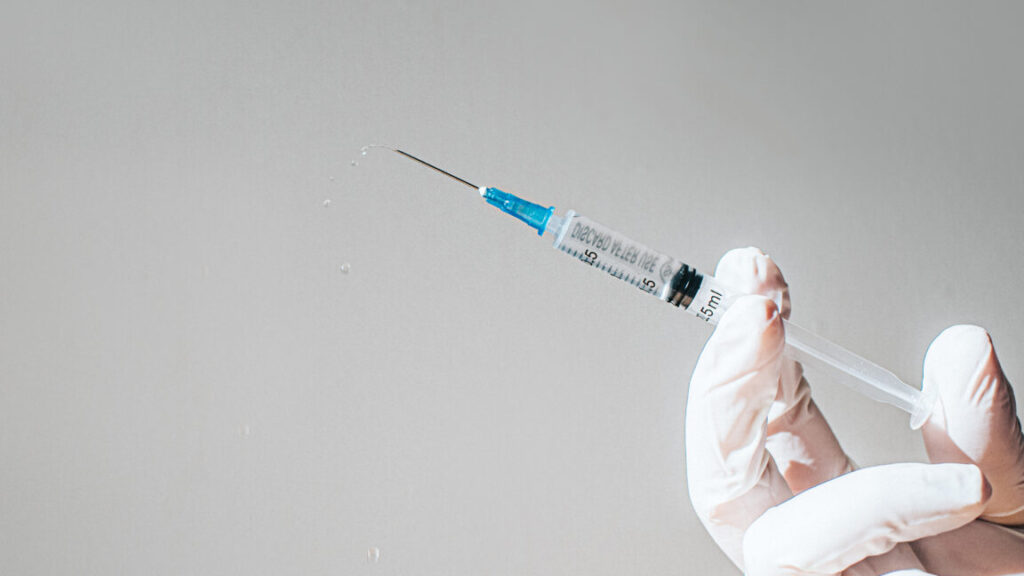Trust in scientists hasn’t recovered from COVID. Some humility could help.
Study 3 essentially replicated study 2, but with the tweak that the articles varied whether the fictional scientist was male or female, in case gendered expectations affected how people perceived humility and trustworthiness. The results from 369 participants indicated that gender didn’t affect the link between IH and trust. Similarly, in study 4, with 371 participants, the researchers varied the race/ethnicity of the scientist, finding again that the link between IH and trust remained.
“Together, these four studies offer compelling evidence that perceptions of scientists’ IH play an important role in both trust in scientists and willingness to follow their research-based recommendations,” the authors concluded.
Next steps
In the final study involving 679 participants, researchers examined different ways that scientists might express IH, including whether the IH was expressed as a personal trait, limitations of research methods, or as limitations of research results. Unexpectedly, the strategies to express IH by highlighting limitations in the methods and results of research both increased perceptions of IH, but shook trust in the research. Only personal IH successfully boosted perceptions of IH without backfiring, the authors report.
The finding suggests that more research is needed to guide scientists on how best to express high IH. But, it’s clear that low IH is not good. “[W]e encourage scientists to be particularly mindful of displaying low IH, such as by expressing overconfidence, being unwilling to course correct or disrespecting others’ views,” the researchers caution.
Overall, Schumann said she was encouraged by the team’s findings. “They suggest that the public understands that science isn’t about having all the answers; it’s about asking the right questions, admitting what we don’t yet understand, and learning as we go. Although we still have much to discover about how scientists can authentically convey intellectual humility, we now know people sense that a lack of intellectual humility undermines the very aspects of science that make it valuable and rigorous. This is a great place to build from.”
Trust in scientists hasn’t recovered from COVID. Some humility could help. Read More »












